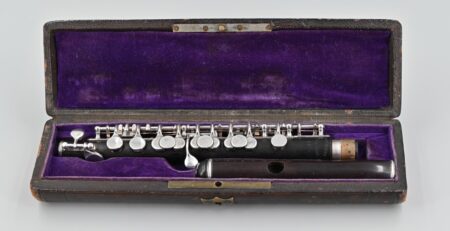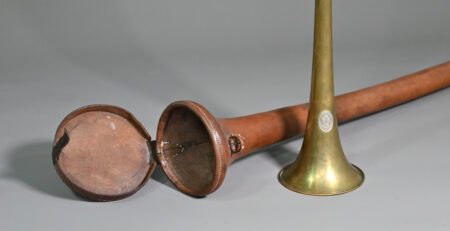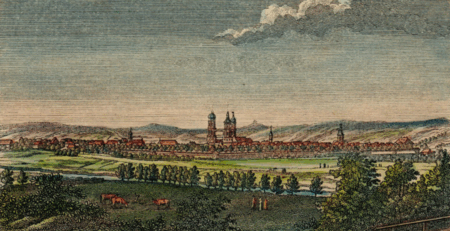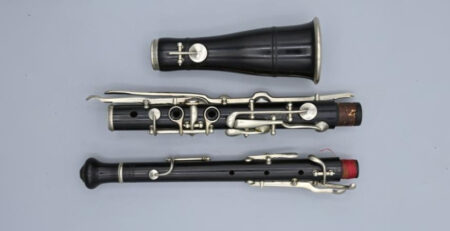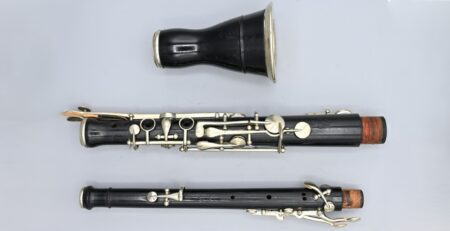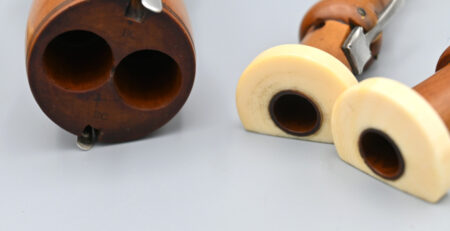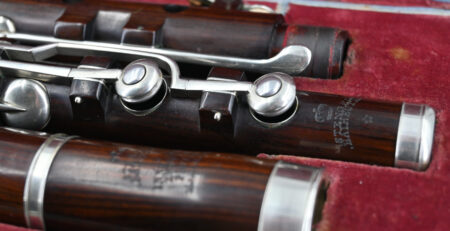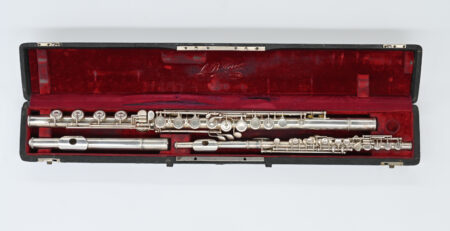What do we mean by pitch?
Let’s face it… the subject of pitch is complicated. Pitch has been the focus of whole books, treaties, conferences, workshops and of course musicians over the course of history. So, what do we mean by pitch and why are there so many pitches? In terms of instruments, why are there so many original instruments at strange pitches? Take a deep breath, relax and we’ll try to explain.
In a nutshell: What is pitch?
The pitch defines how high or low an instrument is playing – expressed in frequency. Normally it is defined by an A and the number after it is the frequency measured in hertz. So, 1 hertz is equal to 1 cycle per second. In other words, the higher the number, the higher the pitch and the sharper the instrument is playing.
Nowadays, we have a defined frequency of a1 as 440 Hz worldwide. This was adopted back in 1939. But that was not always like that.

[For those of you who failed physics or even perhaps associate Hertz with a famous car rental firm… the name Hertz honours the ill-fortuned Heinrich Rudolf HERTZ (1857-1894), the German physicist, born in Hamburg who first conclusively proved the existence of the electromagnetic waves, but suffered an untimely death at the age of 36.]
Forks and pipes
Today we have electronic tuning metres and a whole array of handy apps to help us define and measure pitch. Many years ago, there were only pitch pipes or tuning forks and these could only be used locally in a certain geographic location. It was only possible to define pitch by the length of a string or a pipe. Since different cities and countries defined their own lengths, pitches became different everywhere.
In many town halls to this day, you can still see the basic units of measure used in the past, like a foot or an inch. These measurements were all different… so it’s quite understandable that pitches were completely different too.
Later on in history, pitch became better defined, perhaps because musicians travelled and interacted more. Different pitches required different instruments, or in the case of flutes or oboes, corps de rechange.
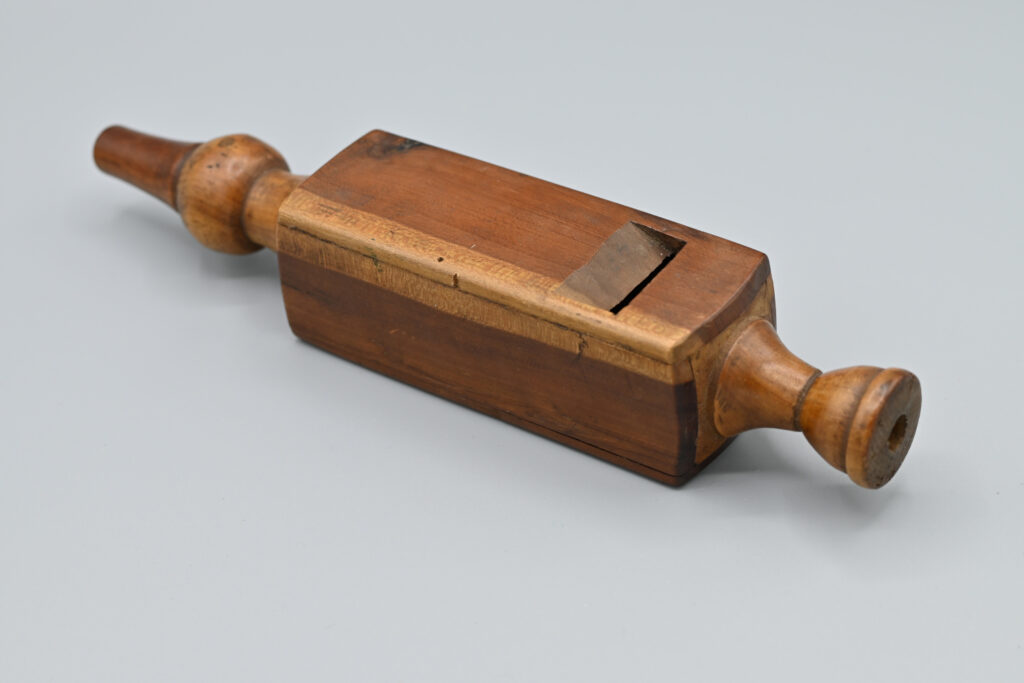

1960s and Early Music
With the Early Music movement in the 1960s, musicians began to standardise Baroque or Classical pitch. But that was never the case in the past. The reason why Baroque pitch was then defined as a=415 Hz is because it is a semi-tone lower than a=440 Hz. For French music, a=392 Hz is used, only because it is a semi-tone lower. These pitches only really existed in some places.
Original instruments and pitch
Musicians are often disappointed to discover that many original instruments on sale around the world turn out to be high-pitched or have a strange pitch. This is normal! Yet time and time again, people tend to try and fit instruments into these specific pitches we have defined for ourselves today. In reality, the instruments were actually made for a specific time and place in history and not for our modern understanding of concert pitch.
Further reading
For anyone wants to go deeper into the depths of the history of pitch, there are several books on the subject. One is The History of Performing Pitch The History of A, which was written by the late Bruce HAYNES (1942-2011).
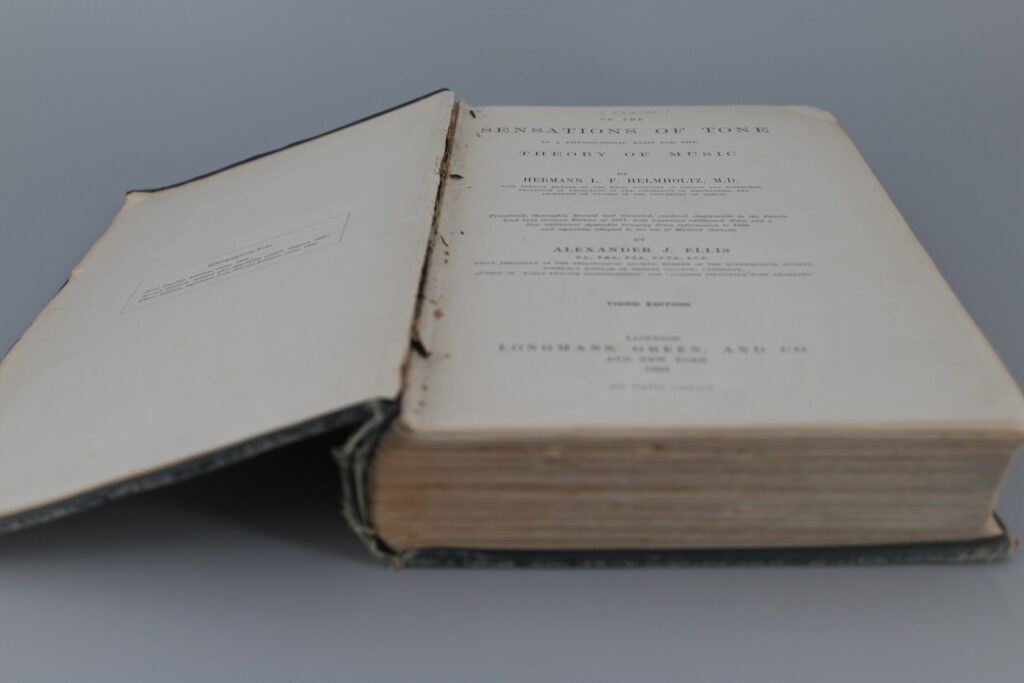
The German physicist and physician Hermann VON HELMHOLZT (1821-1894) published a book in German in 1863 called Die Lehre von den Tonempfindungen als physiologische Grundlage für die Theorie der Musik. This was translated into English and published in 1875, entitled On the Sensations of Tone as a Physiological Basis for the Theory of Music. The original translator, Alexander J. ELLIS (1814-1890), an English mathematician, philologist and early phonetician, included many of his own notes, insertions and supplementary information, out of pure scientific interest. One section he added was a table about pitches. The extensive table is a collection of information on pitches from different locations at different times around the world.
So, we can see from the comfort of our 21st century sofas, what pitch was ‘in’ at the Munich Opera and the Leipzig Conservatoire in 1859 or the Convent Garden Opera in 1877. It’s a delightful and interesting read and we’ve made it available to DOWNLOAD HERE
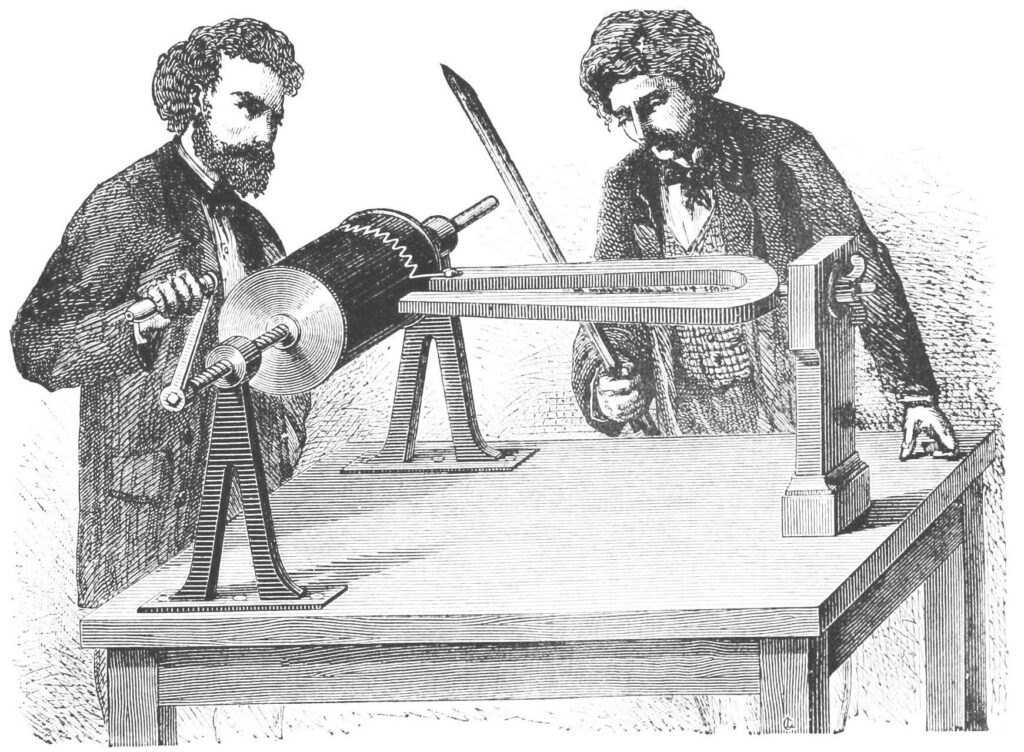
Popular Science Monthly Volume 13 – 1878
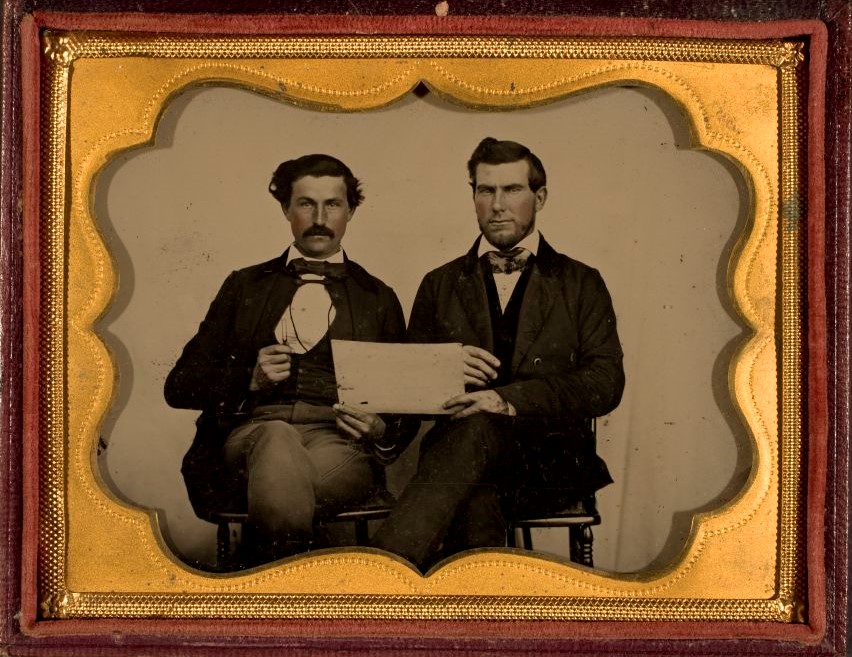
1855 George Eastman House Collection


